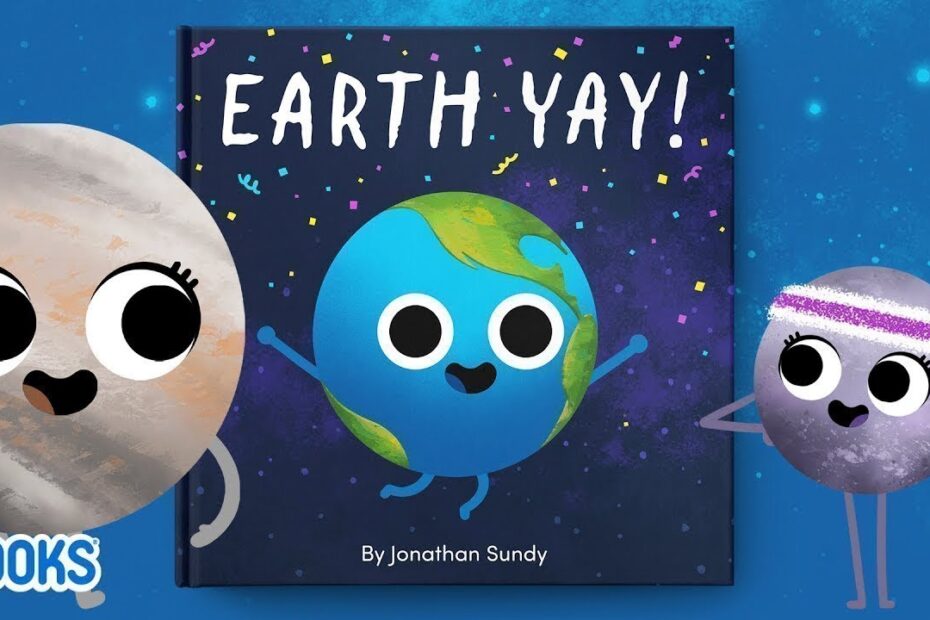Earth Day Read Alouds: Top Books to Inspire Environmental Awareness
Books That Make Trees Clap (And Kids Care)
If you’ve ever tried to explain climate change to a child who’s more interested in pretending to be a feral raccoon, these read-alouds are your secret weapon. “The Lorax” by Dr. Seuss isn’t just about a mustachioed eco-warrior—it’s a masterclass in teaching kids to side-eye deforestation *and* question your life choices when buying plastic lawn flamingos. Pair it with a dramatic voice for the Once-ler, and suddenly, your living room becomes a TED Talk for tiny humans.
When Worms Get Sassy & Flowers Demand Rights
For a wilder spin, “Diary of a Worm” by Doreen Cronin proves that even underground critters have *opinions* about composting. Follow it up with “Miss Rumphius” by Barbara Cooney, where a lupine-obsessed lady basically invents guerrilla gardening before it was cool. Bonus: Kids will start “accidentally” scattering wildflower seeds in your neighbor’s lawn. You’ve been warned.
- Pro tip: Add sound effects. Rustling pages = “the sound of Mother Earth whispering secrets.”
- Caution: Reading “Compost Stew” by Mary McKenna Siddals may result in a 5-year-old turning your coffee grounds into a “science experiment” under their bed.
Picture Books That Low-Key Radicalize Your Sprouts
“Here We Are” by Oliver Jeffers is like a love letter to Earth, if the letter also included instructions on not throwing yogurt cups into the ocean. Meanwhile, “The Watcher” by Jeanette Winter introduces Jane Goodall as the ultimate nature ninja—complete with chimpanzees who probably recycle better than your uncle. These books don’t just inspire eco-awareness; they turn bedtime stories into a gentle call to arms (minus the pitchforks, plus reusable tote bags).
How to Use Earth Day Read Alouds to Engage Students and Promote Sustainability
Turn Storytime into a “Tree-llarious” Adventure
Picture this: you’re reading a book about a sassy squirrel who unionizes the forest to fight litterbugs. Suddenly, your students are hooked. Earth Day read alouds aren’t just about whispering “recycle” like a mantra—they’re a chance to unleash chaos (the educational kind). Pick books with quirky characters, like a compost pile that dreams of being a rockstar or a raincloud with existential dread. Pause mid-story to ask absurd questions: *“Would YOU let a plastic bottle crash your ecosystem party?”* Bonus points if you act out scenes with student volunteers—assign roles like “Overenthusiastic Recycling Bin” or “Dramatic Melting Glacier.”
Embed “Eco-Actions” That Don’t Feel Like Homework
After the read aloud, pivot to activities so sneaky, kids won’t realize they’re learning. For example:
- Trash Talk Theater: Have students rewrite the story’s ending… but every prop must be upcycled. Old socks as puppets? Milk jugs as “solar-powered spaceships”? Genius.
- Compost Karaoke: Turn recycling facts into catchy jingles. *“Banana peels in the food scrap bin, yeah-eah-eah!”* Trust us, it’s a vibe.
The goal? Make sustainability feel less like a chore and more like a secret mission to outsmart waste.
Let Books Spark Real-World “Eco-Warrior” Vibes
Pair read alouds with tiny, tangible challenges. If the book features a character planting trees, hand out seed bombs (clay + dirt + wildflower seeds = instant magic). Create a “Green Detective” board where students track eco-friendly wins: *“Spotted: Timmy convinced the cafeteria to stop using plastic straws. Reward: 10 minutes of extra recess (for the whole class, because teamwork).”* Suddenly, sustainability isn’t abstract—it’s a game where everyone’s a winner (except maybe plastic straws).
Remember, Earth Day read alouds are your ticket to blending literacy with planet-saving mischief. Just don’t be surprised if your students start lecturing *you* about carbon footprints.
